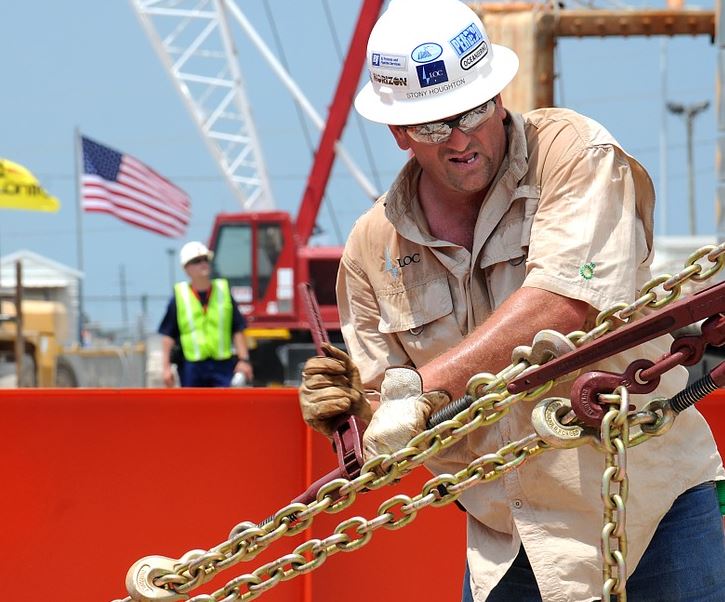A new study published in the American Journal of Industrial Medicine is the first to examine hearing loss prevalence and risk by industry within the Oil and Gas Extraction sector, and within most Mining sector industries. Researchers at the National Institute for Occupational Safety and Health (NIOSH) found that in many industries within these sectors, at least 25% of the workers had hearing loss.
In some industries, more than 30% had hearing loss.
“This study highlights the large proportions of workers with hearing loss and identifies the industries within these sectors that are most affected. Occupational hearing loss is entirely preventable and knowing which workers are at greatest risk can help better tailor strategies to protect their hearing.”
—Elizabeth Masterson, PhD, Epidemiologist and study co-author
Researchers examined audiograms for 1.9 million noise-exposed workers across all industries, including 9,389 in Mining and 1,076 in Oil and Gas Extraction. Overall, 16% of workers across all industries had hearing loss, compared with 24% in Mining and 14% in Oil and Gas Extraction.
However, many industries within Mining, and Oil and Gas Extraction sectors exceeded their overall numbers.
Hearing Loss Risk Much Higher in Mining, Oil and Gas Extraction Industries
Among the key findings of the study include:
In the Mining Industry:
- Overall, 24% of noise-exposed workers in the Mining sector had hearing loss.
- Noise-exposed workers in the Construction Sand and Gravel Mining industry had the highest prevalence of hearing loss at 36%, followed by Uranium-Radium-Vanadium Ore Mining (31%), Bituminous Coal and Lignite Surface Mining (28%), Iron Ore Mining (27%), and Copper Ore, and Nickel Ore Mining (24%).
- Noise-exposed workers in Support Activities for Coal Mining had double the risk of hearing loss than noise-exposed workers in Couriers and Messengers, a low-prevalence comparison industry.
- Noise-exposed workers in Gold Ore Mining had a 71% higher risk of hearing loss than noise-exposed workers in Couriers and Messengers, a low-prevalence comparison industry.
In the Oil and Gas Extraction Industry:
- Overall, 14% of noise-exposed workers in the Oil and Gas Extraction sector had hearing loss.
- Within Natural Gas Liquid Extraction, 28% of noise-exposed workers had hearing loss and a 76% higher risk of hearing loss than noise-exposed workers in Couriers and Messengers, a low-prevalence comparison industry.
- No data were available for two of the largest industries (Crude Petroleum and Natural Gas Extraction; Drilling Oil and Gas Wells), indicating more worker surveillance is needed.
Research indicates that noise exposure is the primary risk factor for occupational hearing loss. About 61% of all workers in Mining, and Oil and Gas Extraction have been exposed to hazardous noise on the job.
Beyond causing hearing loss, research has found that noise exposure is associated with high blood pressure and elevated cholesterol. Chemical exposures could also pose a risk to worker’s hearing in these industries as well.
Preventing Occupational Hearing Loss
For general occupational hearing loss prevention, NIOSH recommends removing or reducing noise at the source, and when noise cannot be reduced to safe levels, implementing an effective hearing conservation program.
Engineering controls have shown great promise in reducing equipment noise in Mining, and these technologies should be developed and used whenever possible, in both sectors. Rotating workers out of loud areas and from noisy tasks to decrease exposure time is also critical for prevention. Barriers to the use of hearing protection devices also need to be identified and eliminated.
For more information about noise and hearing loss prevention research at NIOSH, please visit www.cdc.gov/niosh/topics/noise/.
Source: NIOSH, CDC






